Last Updated on June 29, 2022 by Rebecca Huff
Since we had ruled out most causes for low iron, mentioned previously in my post on anemia we turned our focus to Mold Illness / Lyme Disease. While I was waiting for mold exposure test results, I did a Visual Contrast Screen (VCS).
A VCS is a test you can perform from a computer by looking at gray, black and white images of various degrees. When a person is sick with Mold Illness / Lyme Disease, they will have a hard time identifying these pictures. People who fail this test should consider further testing. I failed. My teenage daughter failed as well. We didn't test everyone but in hindsight I wish I had purchased a multi-set testing.
Since I tested positive for Mold Illness / Lyme Disease, my doctor suggested having our home tested for mold. My husband set up the appointment right away.
Mold Illness / Lyme Disease Lab Tests Results
My provider checked my C4A levels which can be an indicator of mold or Lyme disease or both. My levels came back very elevated. VEG Factor is also an indicator that was tested and mine was low, which is another indicator of biotoxin illness.
My test results:
| 07/25/2017 | Complement C4a, Plasma | High | C4a Level | 11313 NG/mL | 0-2830 NG/mL | Final | Solstas Lab Partners – Laboratory: 4388 Federal Dr, Greensboro | ||
| 07/18/2017 | Complement C4a, Plasma | High | C4a Level | 15975 NG/mL | 0-2830 NG/mL | Final | Solstas Lab Partners – Laboratory: 4388 Federal Dr, Greensboro |
| 07/25/2017 | Vascular Endothelial Growth Factor, Quantitative, Serum or Plasma | Low | Vascular Endothelial Growth Factor | <31 pg/mL | 31-86 pg/mL | Final | Solstas Lab Partners – Laboratory: 4388 Federal Dr, Greensboro |
According to SurvivingMold.com:
C4a has become the inflammatory marker of greatest significance looking at innate immune responses in those with exposure to Water Damaged Buildings (WDB).
Deficiency of VEGF is quite common and is a serious problem in biotoxin illness patients that must be corrected. If you don’t have blood flow, cells begin starve and don’t work properly.
More tests were ordered, Borrelia B31 and OspA/B IgG ViraStripe(R) IgG. Lyme Disease IgG blood test also was positive indicating probable exposure. I can't remember a particular tick bite although I have spent plenty of time in areas where ticks are present. My doctor said that only about 30% of people who get Lyme Disease ever had the bullseye rash. I know I never did, but I'm staring at a positive test result.
Symptoms of Mold Exposure in Adults
Not everyone has allergic reactions or health problems after being exposed to black mold. However, it is frequently overlooked. Mold allergy can mimic other health conditions, so if you're in doubt, get tested! Some of the symptoms of being exposed to various types of mold include:
- Asthma Symptoms
- Allergy symptoms (sneezing, runny nose)
- Brain Fog
- Difficulty Breathing
- Itchy eyes, sore throat, other cold-like symptoms
- Skin rash and other irritations
- Multiple Chemical Sensitivities
The Mold Inspection
Bob from Volunteer Mold arrived a day later with his tools to test our home. For the sake of sharing with you, I asked him if I could follow and learn from him. He was more than happy to help educate me on the subject.
One thing I noticed was that he arrived in a vehicle that did not have “MOLD GUY” plastered all over the side. Not that it's my fault if we have mold, but I have mom guilt. I'm thankful for the anonymity amongst my neighbors.
After introductions and a few questions, Bob asked for a tour of our home, and I showed him the layout. He then showed me the tools he uses to inspect our home which included:
- An infrared thermal imaging camera (which he jokingly said was the worlds most expensive stud finder, as he showed my children how it worked)
- Air sample collection equipment (so he could gather samples of the air in various sections of our home and send them to a lab to be tested for different strains of mold or bacteria)
- Moisture meters (to test the level of moisture in walls, floors, etc.)
- Scopes, light, and a camera for seeing in hard to see places and documenting
Bob the Mold Guy started out with Infrared Thermography which quickly shows him if there are any water leaks, missing wall insulation, drafts, potential areas of mold growth in the walls, ceiling, or floor, pest infestations, etc. Thermal imaging gives him a graphic representation of temperature variations on the surface of any area the tool is pointed at. (Much like when I get my thermogram scans each year for breast cancer detection.)
Infrared is not like an x-ray, it does not see through the wall, it simply detects temperature fluctuations. You can see how it works in this photo I took of the tool while pointed at my daughter. He was kind enough to explain how everything works. Thermography is very safe, and there was no danger to humans or pets in the process of testing.
Next, Bob did a visual inspection during which he did find evidence of mold in our air vents. At this point he called my husband (because he was at work) to recommend air testing based on the fact that 1) he could visually see mold 2) I tested positive for mold illness along with symptoms and 3) he has two decades of experience.
My husband agreed to the air samples, so Bob got started collecting those. An air sample is taken by putting a little collection cell on a tripod and attaching it to an air pump set up in various places inside and outside of the home. These air pumps run for ten minutes during which time the air circulates through the cell, each of which has unique numbers used for identification. The collection cells are sent to a lab for inspection the same day.
While the air pumps were doing their job, Bob donned what looked like a hazmat suit complete with a face mask and bravely entered the crawl space under our home. I bravely watched from the safety of my yard! He didn't mind us watching or me taking pictures.
Bob found some red flags related to mold under our house. Indications of mold and bacteria on natural materials used in building the house. Small gaps in the construction of the floor joists and between the crawl space and HVAC unit were allowing air from below to enter the home through the ventilation system. (Most homes are not built to prevent mold, there was nothing out of the ordinary about the way our house was built. Simply stated, preventing mold is not a factor for most builders.)
Construction, weather, and lay of the land problems
Natural and porous materials such as unpainted wood, unpainted dry wall, paper facing, drywall tape, carpet, etc. can encourage mold growth, especially when damp. Most homes are not built with mold resistant products but they are available.
Other problems that can cause problems were pointed out to me. Here in the hills of Tennessee many neighborhoods are cut into steep hills; ours is one of them. If you are a regular reader of my site or follow me on social media, you may have heard me mention our “triple black diamond” driveway because of how steep it is. Well, our backyard is also very steep, cut into a hill.
Land should be graded to allow water to run away from the foundation of your home. Ours is not, neither are most of the other homes in our neighborhood; not uncommon here in Tennessee. When it rains, our sloped back yard allows water to run towards our home. If the foundation is not completely sealed moisture can get into the crawl space. Moisture in the blocks and other parts of the foundation can create a breeding ground for mold and bacteria.
Gutters should be kept clear and functionality should be checked regularly. One place on our gutters had a clog which was allowing water to overflow next to our home instead of away from it. An easy solution is to have the gutters cleaned.
If this sounds familiar, check your home frequently for any signs of water damage. Check air conditioners for presence of toxic mold, as this can spread mold around your home as well. Dampness from h
Ventilation System Problems
Also, there are areas where the ventilation housing was laying on the ground in our crawl space, some places in standing water. Repairs to the HVAC are pretty straightforward and simple.
After the results were in from the air samples, we receive a detailed report. (Which I will share in the next post)
Once the inspector identifies the problem(s) and recommends a solution remediation begins. I will share the steps and procedures we are going through in an upcoming blog post.
A word of warning, getting rid of mold is NOT a job for the average homeowner! Certified remediation companies will take steps to prevent contaminating the rest of the house. Applying bleach or ammonia to the mold can cause it to release toxins into the air which may allow the mold to grow right back in a different place.
Also, just hiring a handyman is not ideal; be sure to hire a qualified expert with a certification, liability insurance, and workman's comp insurance.
Some tips for taking steps to prevent the growth of mold in existing homes:
- Regularly clean and maintain gutters on all parts of the roof, keeping them free of leaves, etc.
- Clean and maintain HVAC unit drip pans and drainage lines.
- Use VOC-focused HVAC filters that actively remove any traces of mold spores to purify air and reduce the amount of mold in your home if any is present.
- Ventilate crawl spaces to prevent moisture
- Install heavy-duty plastic over exposed dirt in crawl spaces to prevent moisture
- In humid climates, use a dehumidifier to maintain humidity at 30 to 50 percent
- Ceiling fans can help increase air flow so it can be a good thing to leave them on
- Avoid wall to wall carpeting if possible
- Vacuum your home regularly to remove dust particles, on which mold can feed. Bob and I both use Roombas to remove dust from the floors with little effort. Roombas can be set to turn on automatically on a daily basis. In my home I keep one upstairs and one downstairs.
- Appliances that vent moist air, such as the clothes dryer, should vent air to the outside
- Place furniture slightly away from walls to allow free air flow throughout your home
- Avoid keeping rooms closed off to allow better air flow in your home
- Maintain the temperature of your home set to prevent condensation on surfaces
For people with compromised immune systems, allergies, and asthma, clean air is non-negotiable.
If the mold is embedded and not able to be removed from a surface, an air purifier can help remove odors.
Consider a Mobile Air Sytem with UV Light like the one by EnvironKlenz which uses HEPA filtration AND UV (ultraviolet) to remove airborne particulates and allergens (like pet dander) as well as inhibit the growth of captured microorganisms like mold, bacteria and viruses. With this unit the UVC light is continuously shining on the collected organisms with a very high efficiency of kill. Something that most popular models with simple carbon filters cannot achieve.
A hospital grade Air Purifier can improve the condition of air using a two stage filtration system. The first stage captures pollutants, fragrances, odors, and volatile organic compounds (VOC); the second stage to capture particles. This system actually removes contaminants from the air instead of simply trapping them; focusing on particulate removal. It doesn't release ionized particles into the air, it actually removes them from the air to make the environment safer.
Mold spores die inside a HEPA filter because it is a dry, sterile environment. A quality HVAC filter can help remove airborne mold spores. The HVAC filters from EnviroKlenz are made with an earth mineral technology that captures and destroys harmful compounds that would otherwise aggravate your sensitivities. (The kind that normally sneaks past normal HVAC filters.) The filter does not utilize carbon nor does it release any chemicals or masking agents back into your environment. Unlike ordinary HVAC filters it neutralizes the odors and VOCs preventing them from returning to your indoor air space.
Treating Mold Illness / Lyme Disease
I will be following Dr. Klinghart's protocol. My health care provider will measure progress by comparing results before and after the protocol with a blood test (C57) which I will share in a future blog post. I will also be sharing what diet plan I follow to help with recovery including which foods to avoid if you have mold sensitivity/Lyme Disease.
Mold Toxin Illness Symptoms may include the following:
- Fatigue
- Weakness
- Myalgia (muscle pain)
- Muscle cramps
- Unusual pain
- Headache
- Light sensitivity
- Blurred vision
- Sinus issues
- Dizziness
- Shortness of breath
- Abdominal pain
- Diarrhea
- Arthralgia (joint pain)
- Night sweats
- Memory problems
- Difficulty concentrating
- Confusion
- Insomnia
- Increased thirst
- Increased urination
The subject of mold is vast and I am still learning.
I will continue to share as I learn in this journey in hopes of helping others. Over the next couple of months I'll be sharing my experience with you along with information from experts I meet. I'll also share a round-up of trustworthy sites where you can read more in-depth information on the subject of mold illness / Lyme Disease. The first place I studied was the blog from Volunteer Mold.
Have you experienced mold illness / Lyme Disease? I'd love to hear about it; please share in the comments below or email me at thatorganicmom@thatorganicmom.com

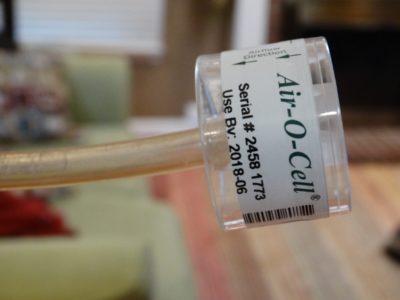
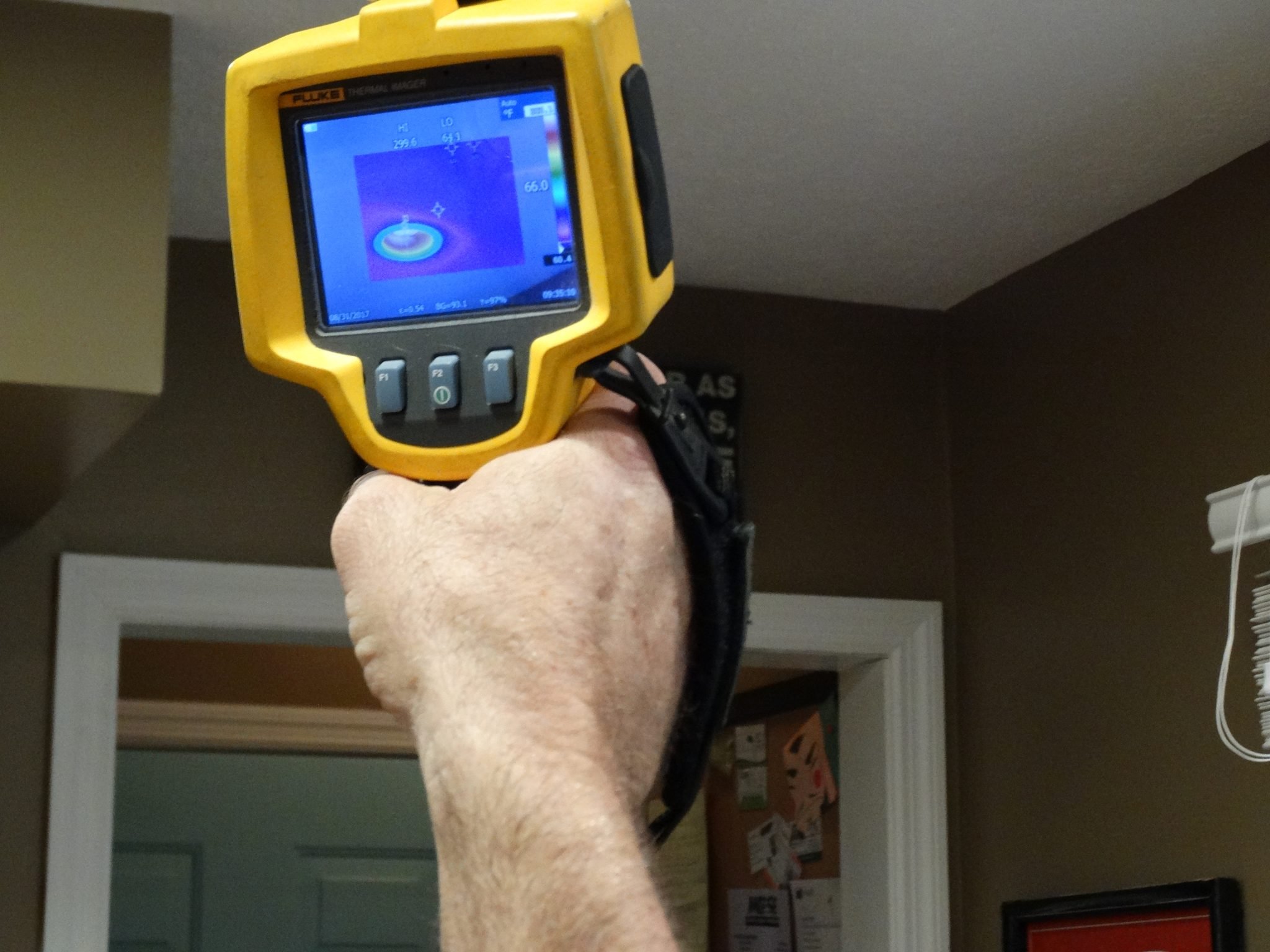
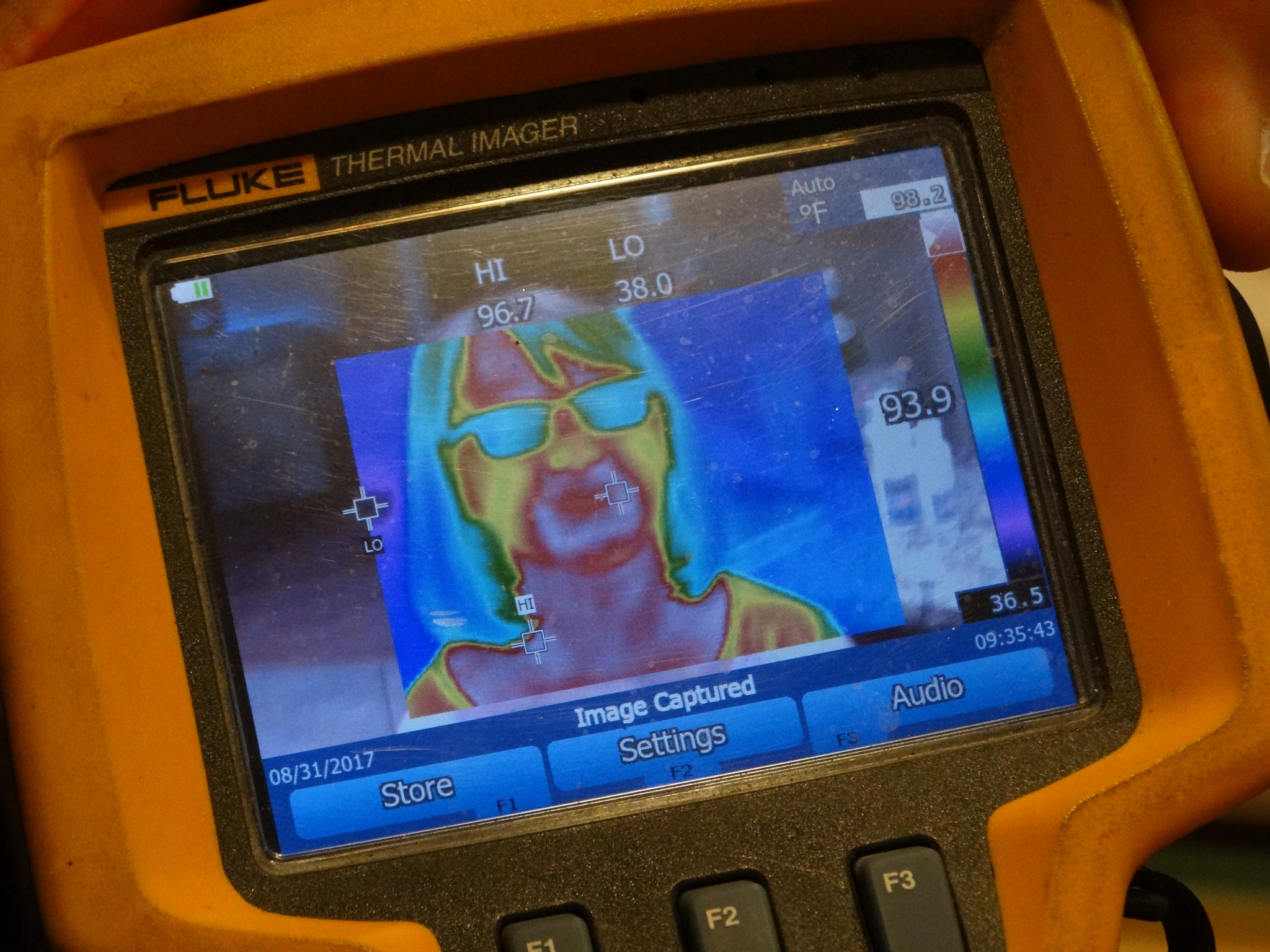
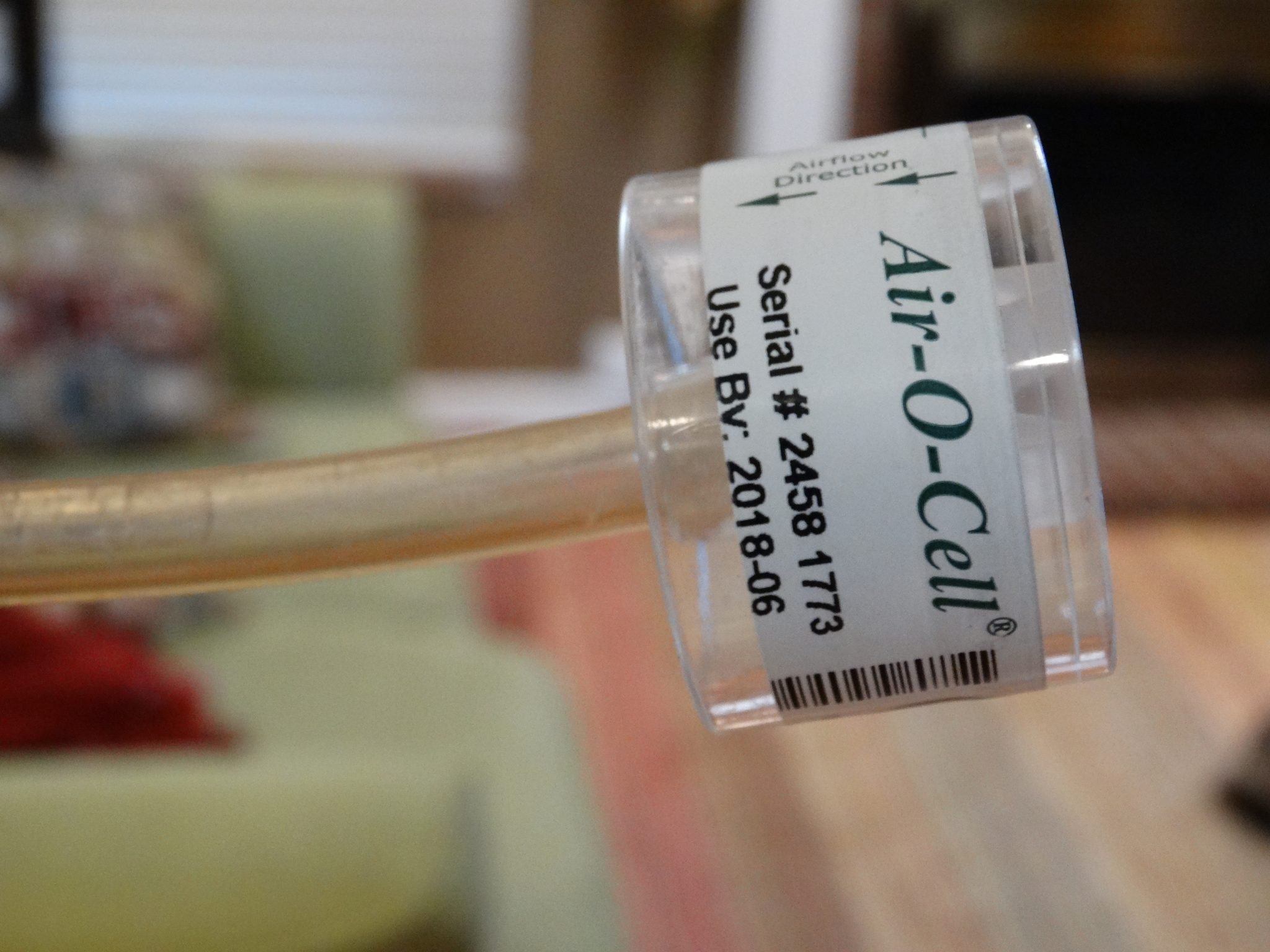
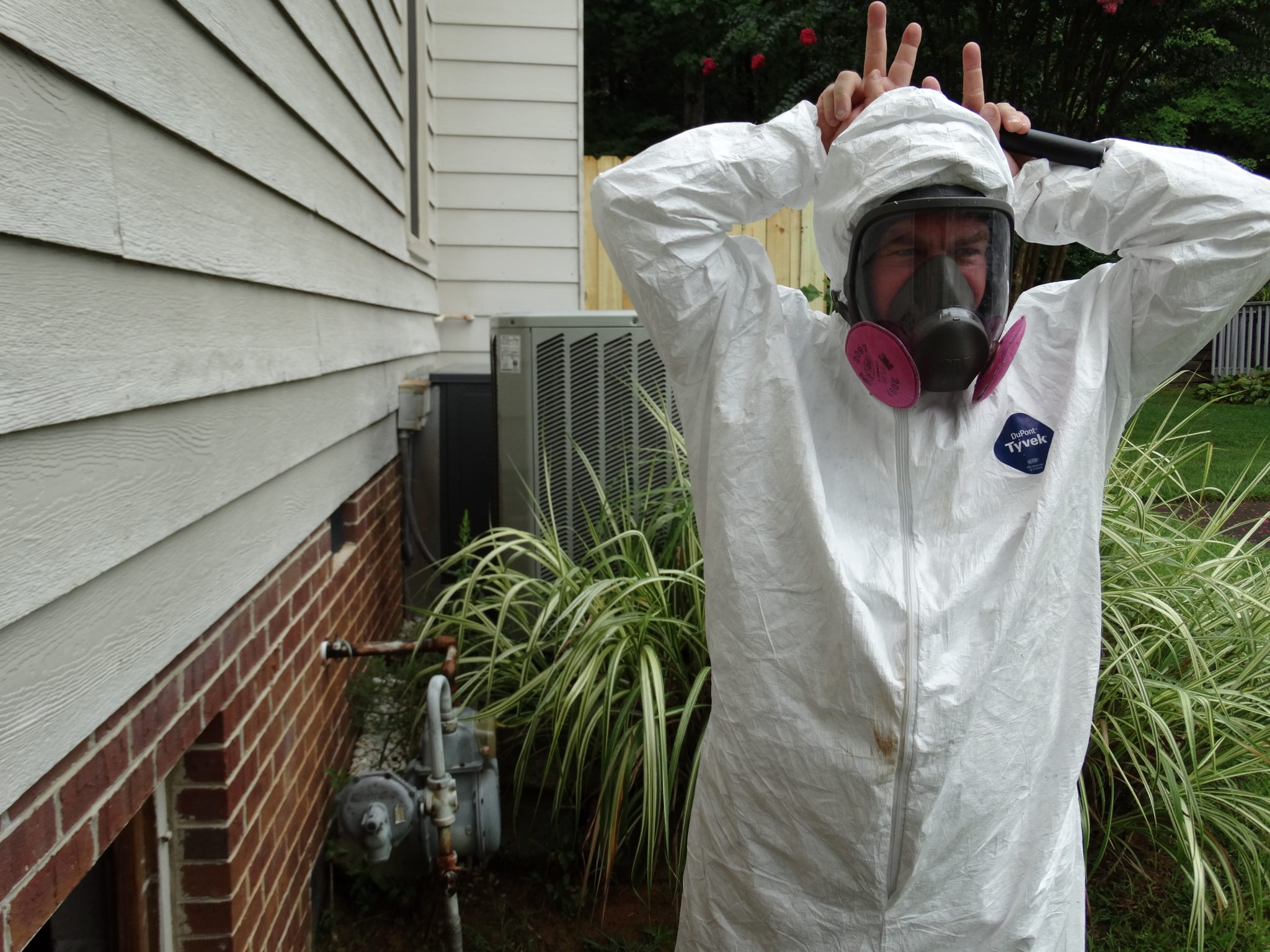
 Steak with Browned Garlic Butter and Cauliflower Mashies
Steak with Browned Garlic Butter and Cauliflower Mashies
It was great meeting Rebecca and her family.
We are happy to help our clients better understand exposures and risks at home and work. For more information or to schedule an inspection reach us via text or Email 24/7.
Bob Byrne
Thanks Bob!